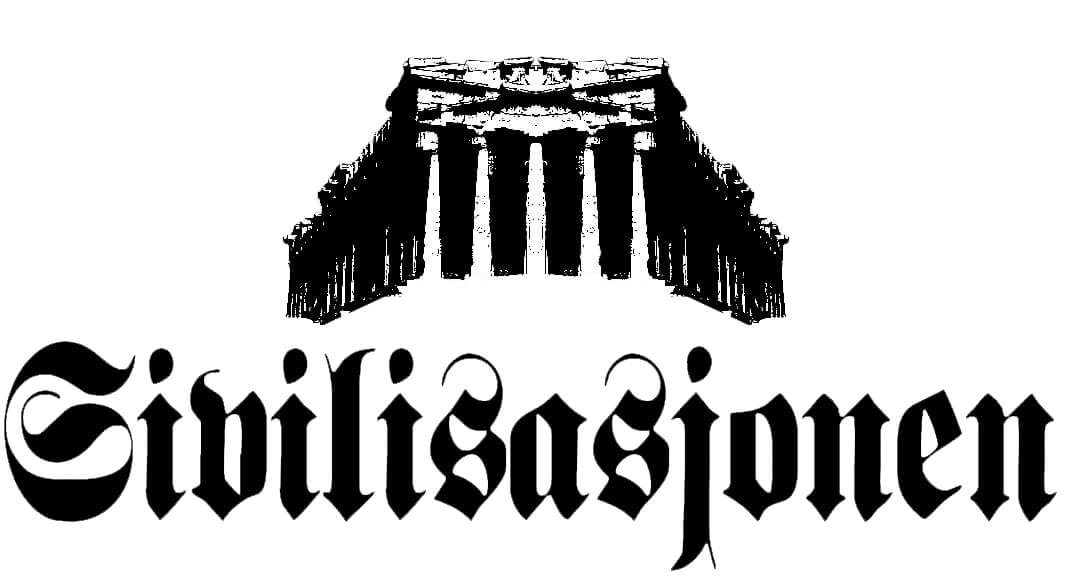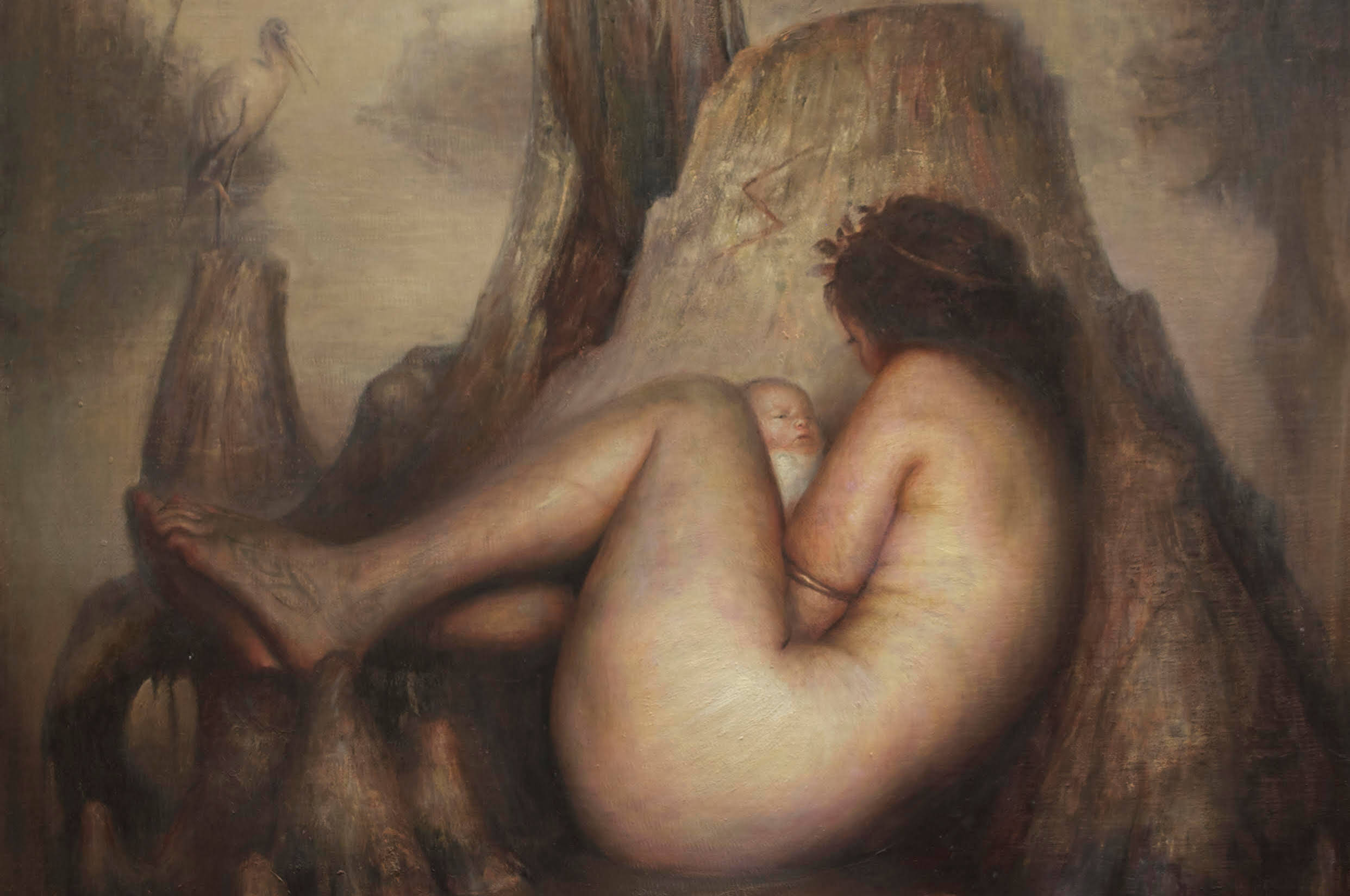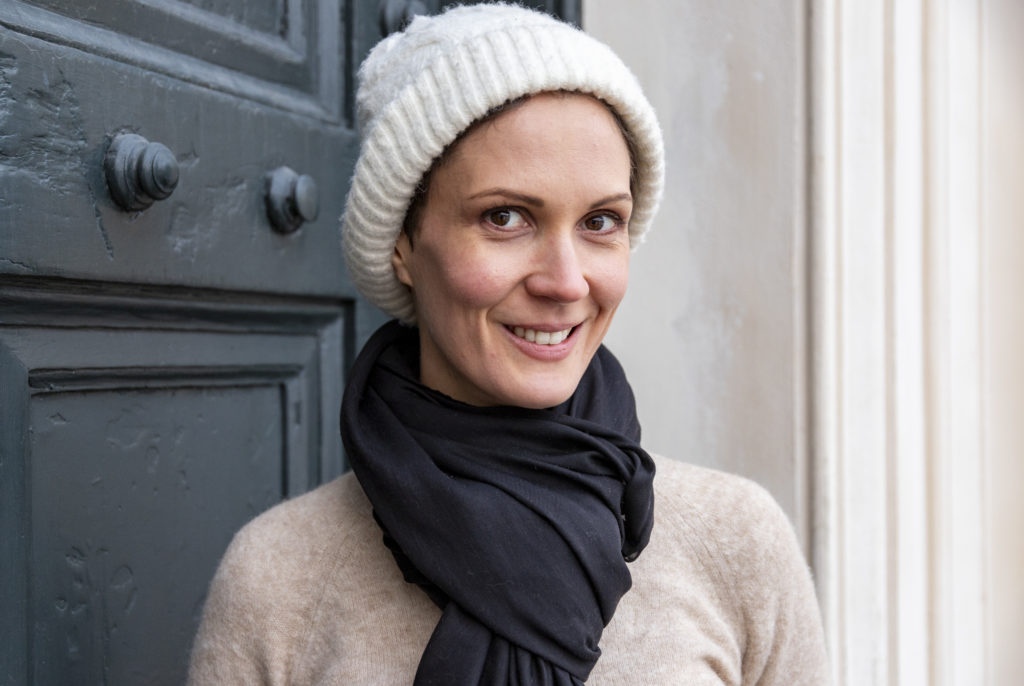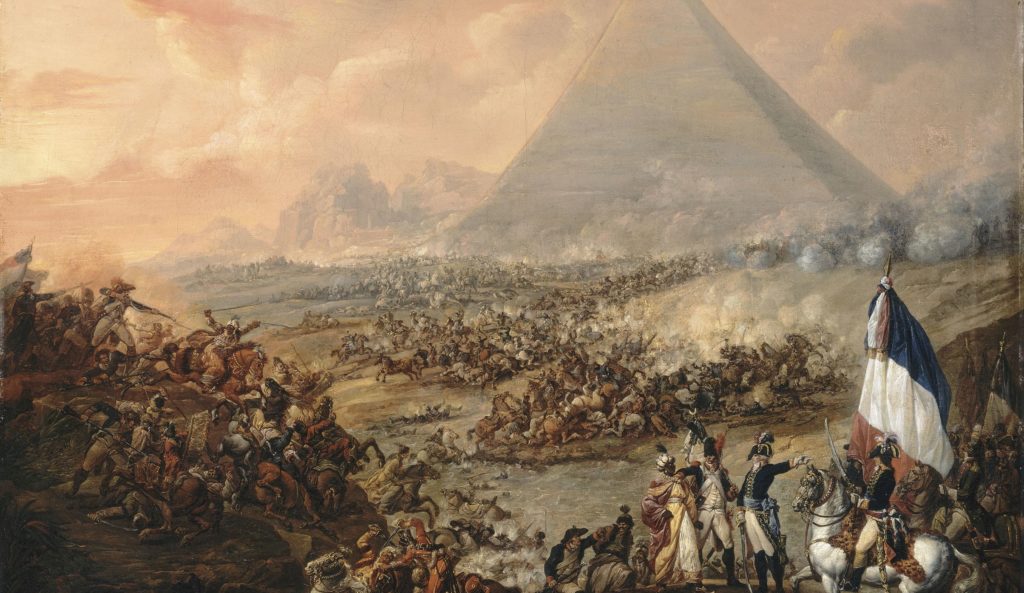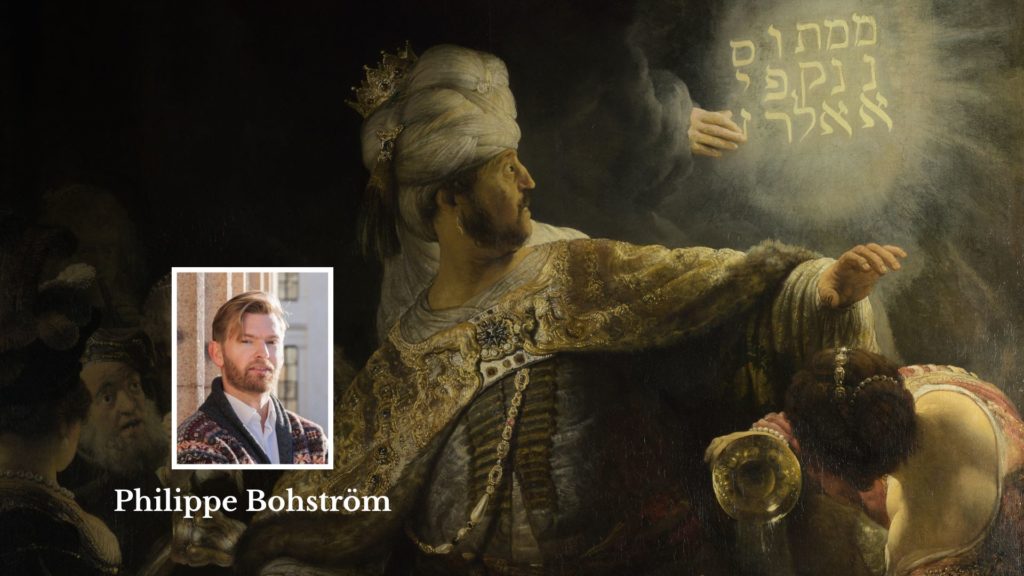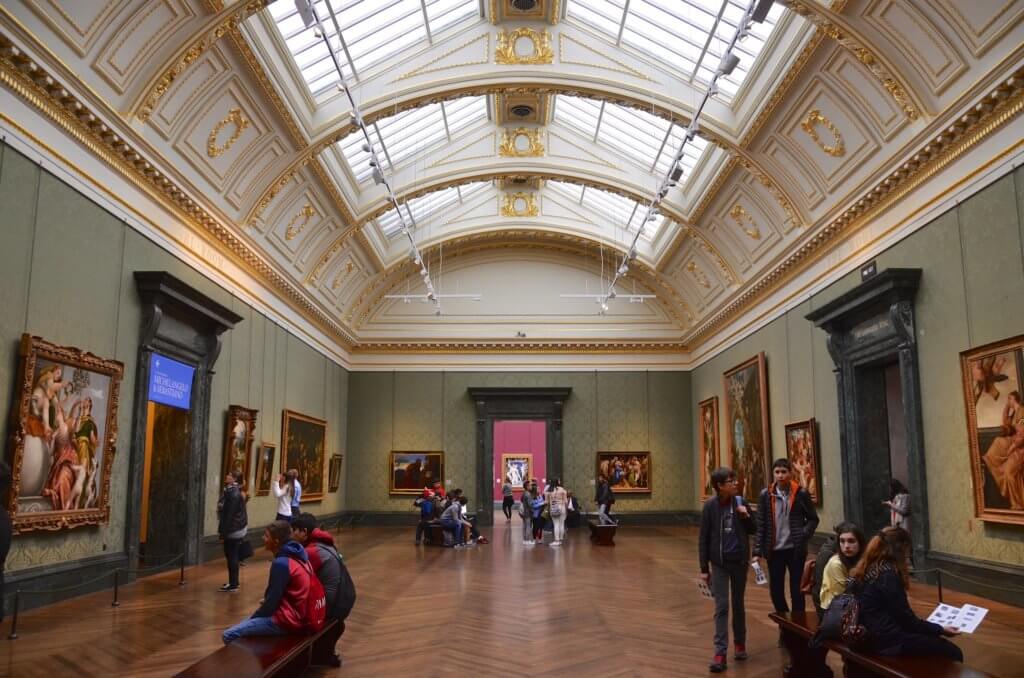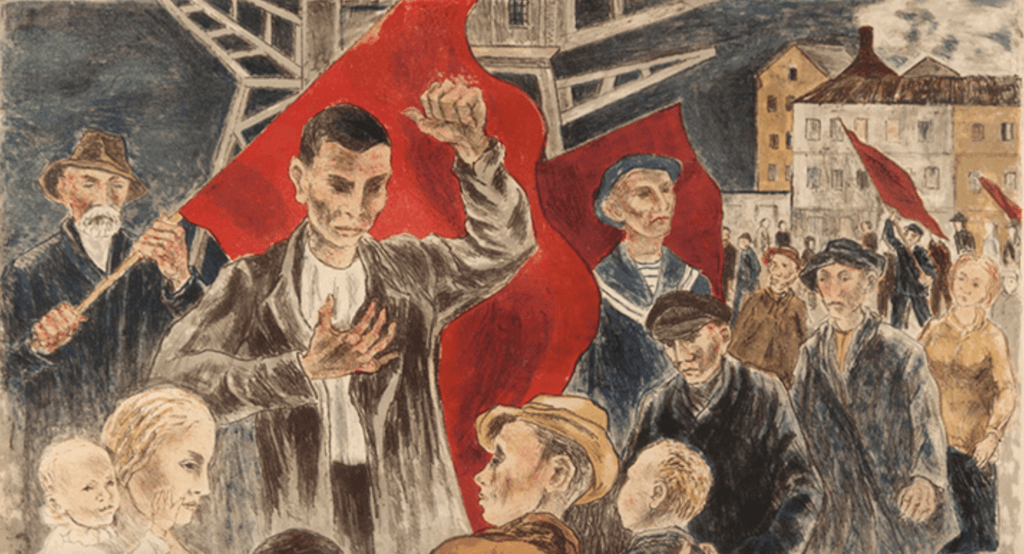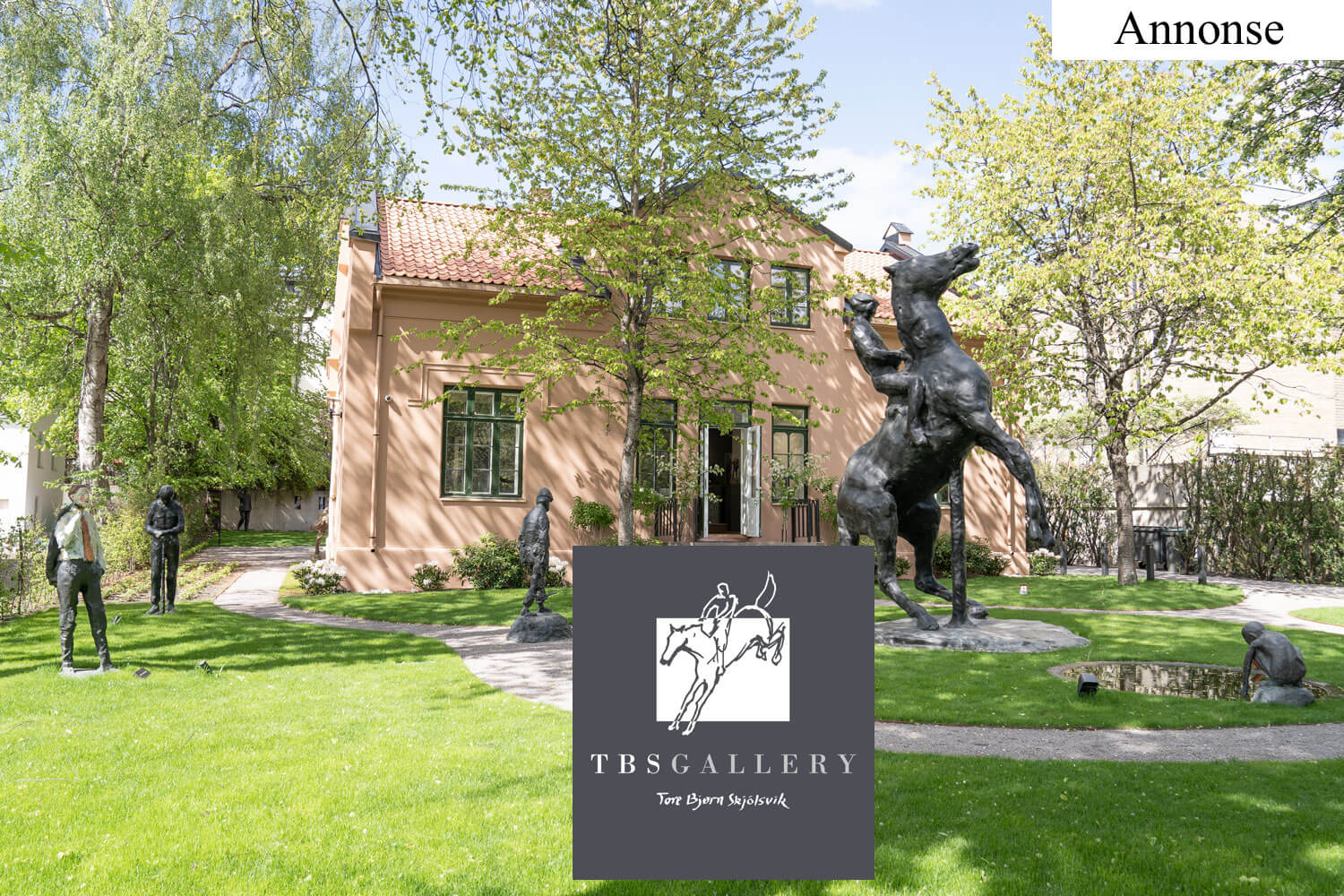The American kitsch painter Luke Hillestad aims at making pictures that hold and stretch the audience’s attention and heart. His skills for painting and storytelling was recognized last year, as he won the Jury’s Choice Award for Composition in the 2020 World Wide Kitsch competition. Now, the 2021 WWK competition has recently been launched.
Hillestad has studied at the Nerdrum School. It was through the philosophy of Odd Nerdrum that Hillestad started identifying as a kitsch painter, and not an artist. While the kitsch philosophy is based on the classical values, such as familiarity, timeless story-telling, and imitation, the (modernistic) Fine Art philosophy can be defined as being based upon values such as originality and personal expression – seen through a contemporary lens.
Civilization Magazine collaborates with WWK, and has got an exclusive interview with the American painter, where he shares his philosophy on painting, thoughts on the current situation for classical painters in the U.S., as well as the story behind his winning painting.
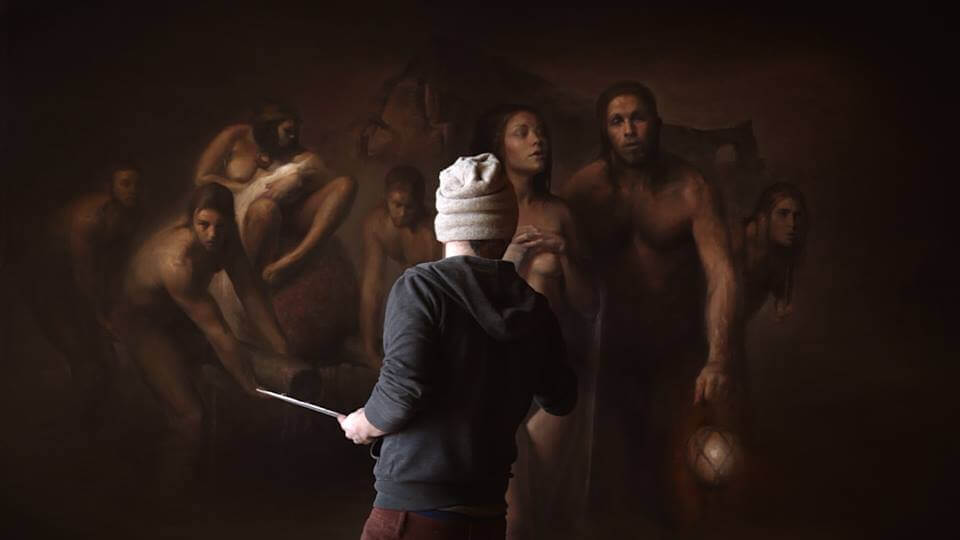
Care for the Audience
– In a few words, what are you aiming at in your work?
– I am aiming to make pictures that hold and stretch your imagination.
– You seem to concentrate on the effect your paintings have on the audience. What exactly do you want the audience to get out of your work?
– In addition to a desire to return to the picture, catharsis would be the best. In experiencing this, a burden of mental congestion clears. For some, this coincides with a deep cry. After this, our perception of the world feels different. Even tactile experience may seem new. Decisions become easier to make and life feels more fresh and beautiful.
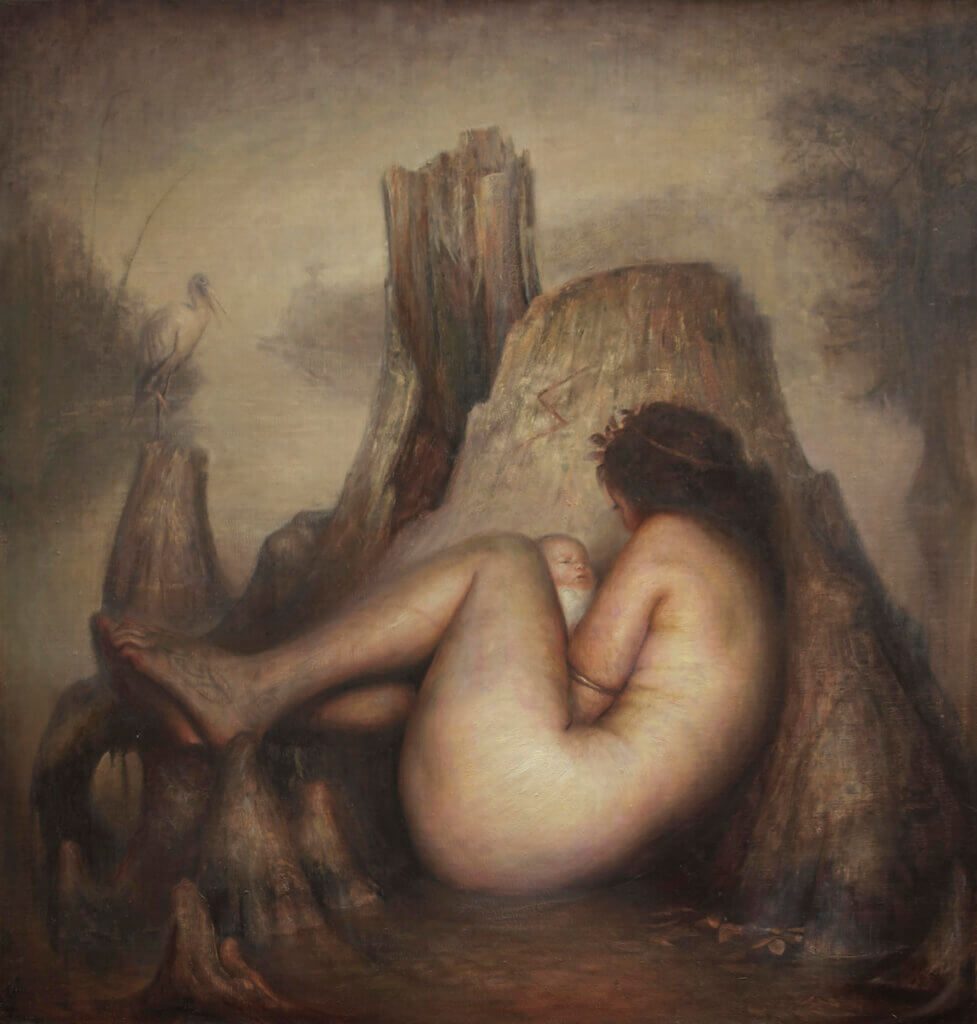
“Swamp mama”
The winning painting of the 2020 World Wide Kitsch competition was Hillestad’s painting “Swamp mama.” He explains why he regards well-made kitsch paintings to be something that reaches beyond simple naturalism or realism within painting.
– Your painting “Swamp mama,” what is it about?
– It is about a lone mother. I was thinking about Danaë from Greek mythology. She and her son are in a bleak swamp land and they manage to survive. That theme, a mother and child, is one for which I feel especially sentimental. My wife was recently pregnant with our second child amidst a bleak cultural landscape, and so I will be coming back to this theme.
– You have previously uttered that mere “naturalism” in painting is not enough for you. What do you do in order to reach “beyond” a naturalistic representation?
– I think of “naturalistic” as representing everything with equal attention. This is as far as objective nature is concerned. But our world contains far too much data for us to process everything as meaningful. So we focus on what matters and notice what works together for the narratives that make sense to us. From this perspective, color will be more harmonious, shapes will appear more rhythmic, and themes emerge, one at a time. The painter who understands their own limitations can get the most out of a picture, explains Hillestad.
Inspirations
Hillestad is not afraid to explain who or what his inspirations are. Rather on the contrary, he seems proud to share the many works and craftsmen that have affected his work.
– What painters, sculptors, composers, authors etc. are your sources of inspiration?
– I keep returning to Rodin; his sinewy, if even brawny, forms and their huge hands and feet. His proportions are extreme. To imitate them initially feels absurd, but it results in gravely earthen humans, says Hillestad, before continuing to his next source of inspiration:
– A dirty Leonardo, one that has not been cleaned or restored, is a high aspiration – just on the other side of my North Star, up there with Rodin. He is more like the best from ancient Greek depictors than his contemporaries. His flesh is both brittle and glowing. Everything is so strange in his pictures – figures like floating aliens.
As a last inspiration, Hillestad mentions the Eddas.
– Ever since I became a father I have been concerned with the Eddas, the Norse mythic lore and poems. I find them raw and refreshingly free of neuroses. If contemporary life is a pathological mess, listening to these stories helps us rewind our minds to when the current pathogens were first entering. They are human stories from the dawn of history as we know it. For me they do not describe a Rousseau-ian retro-utopia, but they are part of a map of the systems within which we are currently working, he says.

Waiting for the aesthetic and and philosophical pioneers of the 21st century
– How is the current situation for classical figurative painting where you live?
– Most institutions ignore or rebuke it. However, there are a few places that embrace classical figurative work. My friend Jim Robinson has a good school in St. Paul called The Art Academy.
– Our local museum, MIA, houses one of Rembrandt’s two glowing Lucretias. They have a strong collection and have free admission for the public due to large benefactors. I think their audience would grow if, instead of going the way of so many Modern Art institutions, they exhibited their collection next to contemporary timeless figurative work. The first major museums to do this will be the aesthetic and philosophical pioneers of the 21st century.
The World Wide Kitsch Painting Competition is hosted annually. The deadline for this year’s competition is October 31st. Subscribe to The Kitsch Newsletter to receive updates about future competitions.
